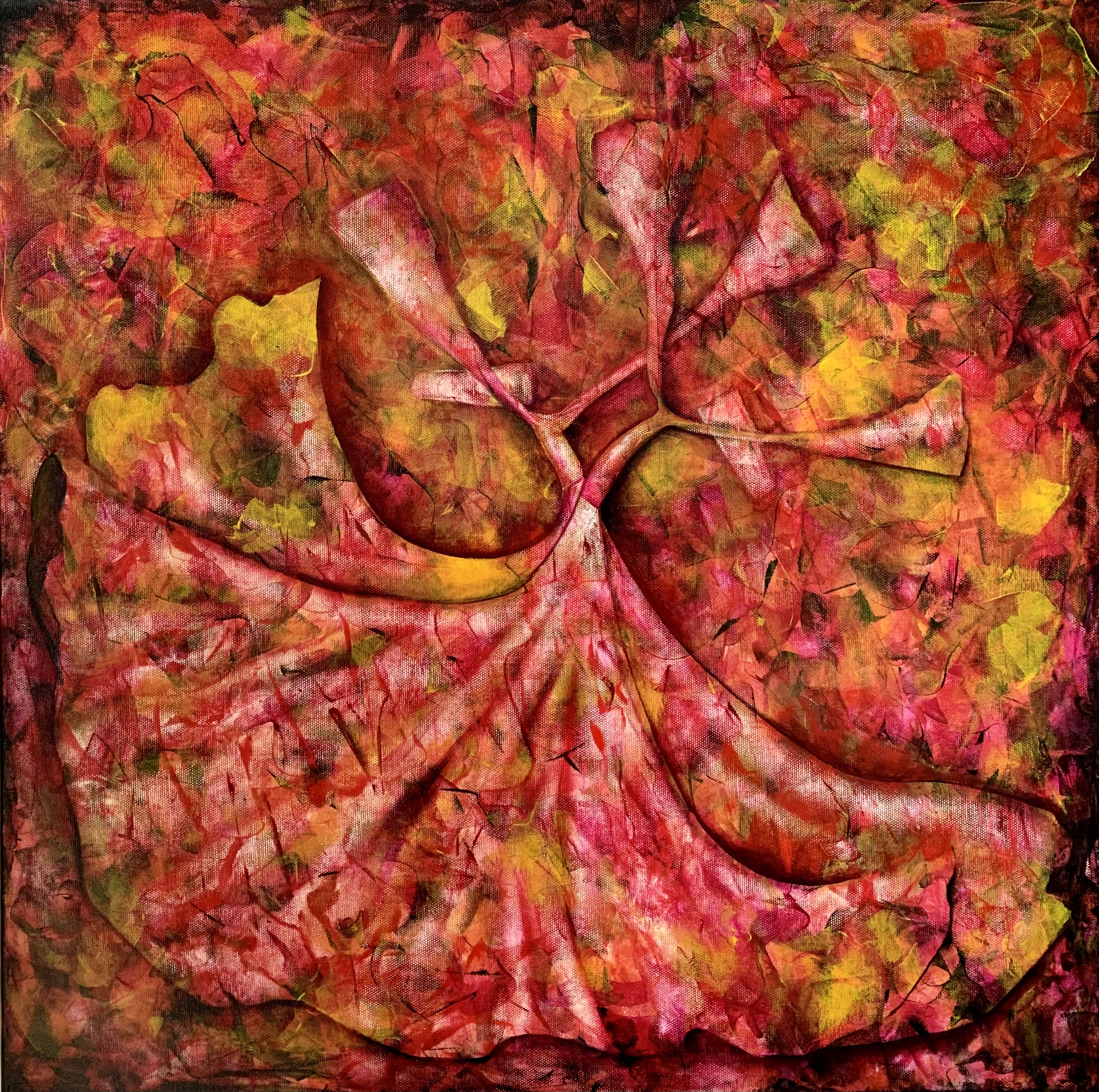Journey of a Free Soul
Apr 01, 2021

‘Journey of a Free Soul’ is a collection of paintings of whirling dervishes, practitioners of a mystical form of Sufism. I was drawn to this style of painting due to my strong spiritual leanings and my experience of growing up in a place where different cultures and religious practices co-exist in harmony. The dervishes perform a dance called the Sema; it takes the form of a meditative dance, which represents a symbolic journey to reach one’s inner self. In my work I try to capture the energy of the dancers as they open their arms and rotate rhythmically to the music in a meditative trance.
I recently moved to Kaula Lumpur and I met a freelance Journalist, Charukesi Ramadurai,( http://charukesi.com/ ) who has become a dear friend and the following is an article she wrote after visiting Istanbul.
She could throw a whirling dervish out of whirl. I cannot get this line out of my head and, to my complete dismay, I find myself mentally humming the rest of the song as I watch the four Mevlevi spin in front of me. I mean, here I am at a performance I have been dreaming of ever since I planned the Turkey trip, and I am thinking about Maria and her whirling and whistling abilities?
A secret turning in us,
Makes the universe turn.
Head unaware of feet,
And feet, head. Neither cares.
They keep turning.
(from The Essential Rumi, translated by Coleman Barks)
The entire ritual is based on symbolism, the dancer departing from his ego and turning towards truth and spiritual perfection. The English-speaking guide explains the significance of each element of the performance but his voice fades away from my consciousness as the musicians begin playing in the background. The initial segment is an eulogy to Prophet Mohammed and the sound of the flute (known as the ney, thought to breathe life into all creatures) is especially mesmeric.
After a few minutes, the four dancers enter the room dressed in traditional long, black coats, with tall conical fez on their heads, and greet each other formally three times. As they begin moving, the first step is to remove their cloaks, symbolizing the shedding of ego, or falsehood. The dancers’ arms are open, the right hand directed to the skies, seeking god’s benefaction, and the left hand facing the ground, passing this blessing on to all things around him. The whirling of the dervishes is supposed to replicate the movement of planets revolving around the sun (or, as in this case, god), each rotating on his own axis, while slowly circling around the room. The whirling is anti-clockwise, the minds of the spinning men on meditation mode; Let yourself be silently drawn, by the stronger pull of what you really love (Rumi).
Today the whirling dervish is one of the most visible and popular icons within Turkey, found everywhere from fridge magnets to tea coasters. While weekend performances are popular within Istanbul, the annual ceremony at Konya is on another scale altogether and attracts thousands of Sufi followers from across the world. The lodge where Rumi lived is now a museum and the entire town is a silent and enduring homage to the philosopher-poet.
And Maria, Mother Superior, don’t take this personally, but you just cannot throw a whirling dervish out of whirl.
I hope to visit Istanbul in the near future to watch these supreme beings whirl away!












